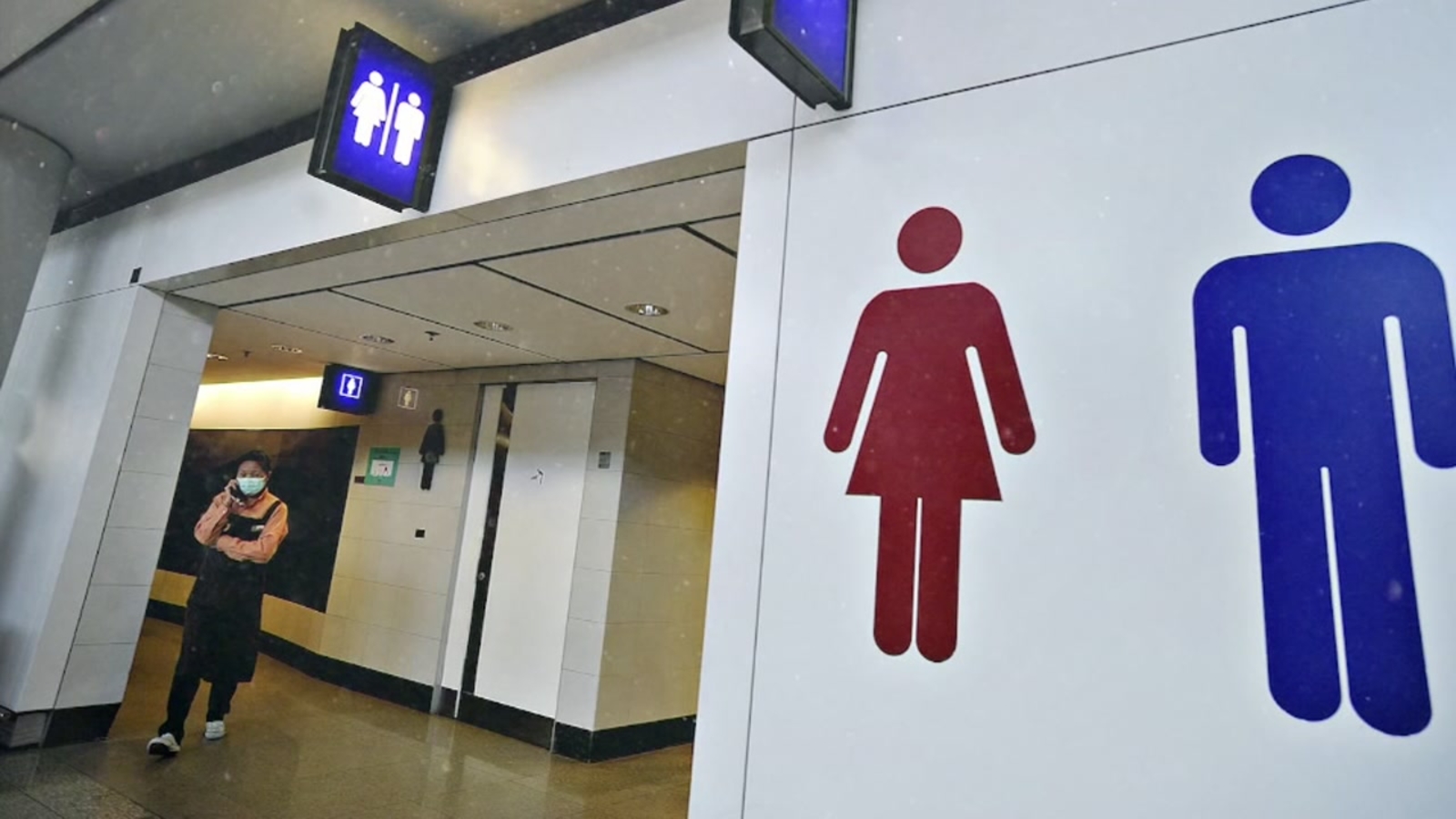MUST READ! COVID-19 Spread: Experts In U.S. Say Public Toilets Are Extremely Risky Areas For COVID-19
Source: COVID-19 Spread Jul 16, 2020 5 years, 5 months, 2 weeks, 2 days, 12 hours, 8 minutes ago
COVID-19 Spread: Smart and cautious individuals are now avoiding the public toilets or restrooms and suddenly, portable camping potties and female funnels have become must-have products, selling out at camping stores and back-ordered online nationwide in America.

Melissa Paul, a merchandising manager at REI, where sales of the Luggable Loo and Go Anywhere portable toilets are double what they were last year said, "We have seen a noticeable uptick in hygiene and sanitation categories."
These personal devices are pandemic bestsellers because even though Minnesotans are increasingly venturing out, there's one place we remain eager to avoid: the public restroom.
American travelers are rejecting gas stations and wayside rests in favor of draping a sheet over the windshield and setting up a portable toilet in the back of their SUV or even purchasing or renting RVs just for the private potty on wheels.
Dr Gregory Poland, an infectious disease expert and head of Mayo Clinic's Vaccine Research Group commented, "A multi-stall bathroom that lots of people go in? Worst place you could go. The reason being, you have the highest density of people and the smallest amount of real estate."
Professor Dr Craig Hedberg, who researches infectious disease outbreaks at the University of Minnesota School of Public Health, agrees, but with a caveat,
"If there are several people who are all in the facility at the same time, then that creates a crowding situation that might foster some respiratory contact.”
But, a pit stop likely carries less risk for catching COVID-19 than a night inside a packed bar.
Dr Hedberg added, "We have seen transmission now in a number of bars. The longer you stay in indoor air environments with opportunities for respiratory transmission, the greater the likelihood of transmission is going to be. And so I think that a bar)is a more likely scenario than the use of bathrooms but there certainly are things that I would want to watch out for."
Numerous risks are associated with using public restrooms, the primary one is being in close respiratory contact with other people who are sharing a tight indoor space.
Another risk factor (a slightly grosser one) involves feces, which have been demonstrated to contain virus particles, and toilets that either have no lids or have their lids raised when flushed.
Dr Hedberg added, "That's another potential source of exposure, if you have somebody flushing a toilet and there were virus particles that are being aerosolized.”
Furthermore, there are all those surfaces: toilet and sink handles, countertops, soap and towel dispensers. (One study Poland worked on found that there was less fecal bacteria in the toilet bowl water than on surfaces like light switches and doorknobs.)
However washing your hands or using sanitizer can mitigate that risk, making it of less concern than breathing in virus particles directly.
Dr Hedberg further added, "Environmental contamination is much lower on our risk for transmission to occur because you&
amp;#39;ve got to get the virus off the surface and then put that virus into your respiratory tract. If you are washing your hands at the end of your bathroom process you should be able to remove virus particles."
Certain businesses, park centers and beaches are trying to make their restrooms safer by closing every other sink, stall or urinal to encourage social distancing, as well as increasing the number of cleanings. Some are closing large, multi-stall bathrooms and putting in porta potties instead.
Dr Steven Soifer, a social work professor at the University of Mississippi and president of the American Restroom Association said, "The first concern people might have when thinking about going to a restaurant is: Geez, how are you going to do social distancing?' and then the second question is: What if I need to use the restroom?”
Dr Soifer suggested, "We've always advocated for single-stall, gender-neutral, floor-to-ceiling enclosed water closets, which, in an ideal world, would be the best way to protect one from the coronavirus and lots of other things. These designs are popular in Europe, for sure."
Till individual water closets are popular in the U.S., many of us are trying to balance our risk tolerance with the need to go when we're on the go.
Dr Poland said he and his wife have developed a method for visiting a single-stall public bathroom: Always bring Clorox or Lysol wipes, using one to open the door. (Paper towels also work in a pinch). Use a wipe or paper towel on the flush handle (do not flush wipes, as they clog) and then wash ones hands properly. Then use a fresh wipe or towel to turn the faucet off and open the door.
He added, "And ideally, wear a mask because you don't know who was in there hacking away five minutes ago. It's nicer if there's a ventilation fan, and if there is I use that ventilation fan, whether you need it or not just because you're improving airflow."
Prior to the COVID-19 pandemic, Poland was a bit self-conscious about his public bathroom routine.
He said, "You always wonder, the individuals that see me doing that must think I'm a nut, or a germaphobe. Now you see a lot more individuals doing it. It's become a little more, so to speak, socially acceptable."
For more about
COVID-19 Spread, keep on logging to Thailand Medical News.
Article by Erica Pearson
